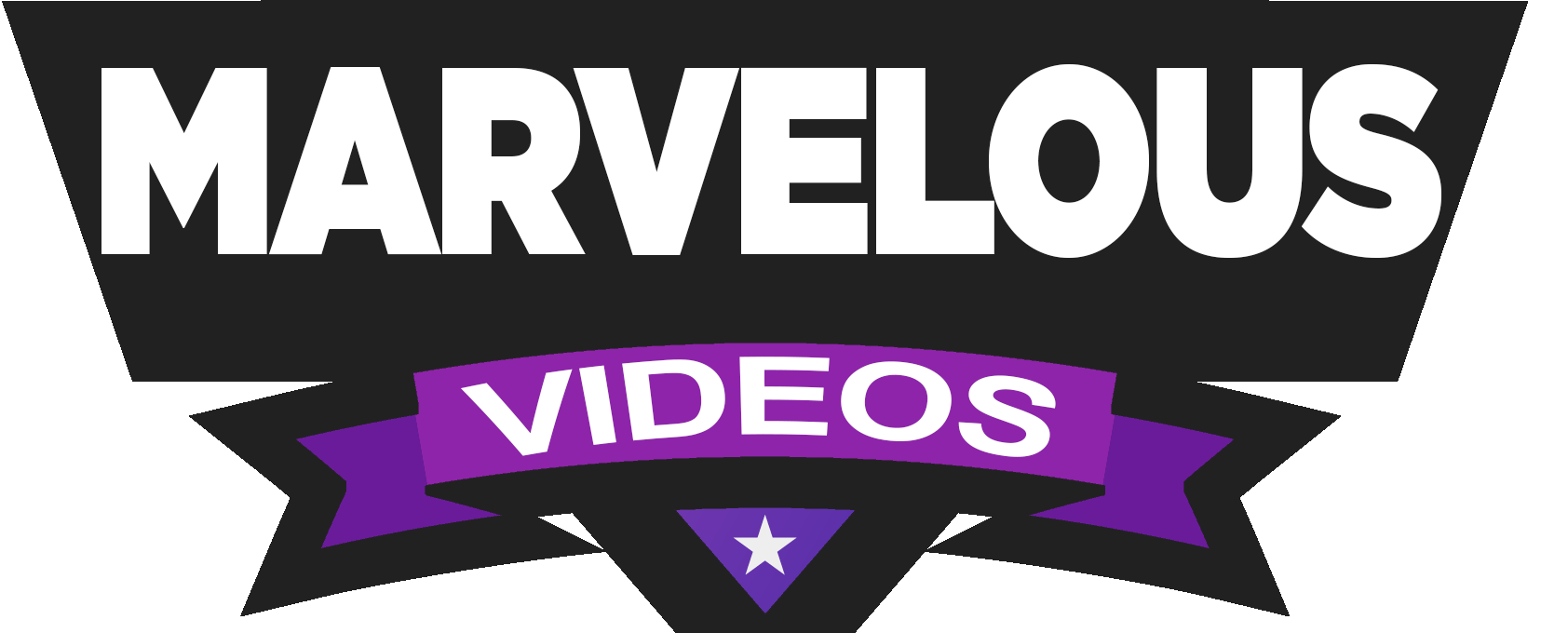The renowned Caped Crusader, better known to Gotham City residents as the vigilante Batman, first appeared in comic books in 1939, in Detective Comics issue #27. He has since gone on to become one of DC’s, if not all of comic book history’s, most recurrent characters.
Distinguished authors such as Jim Starlin, Jeph Loeb, and Frank Miller have developed on and dived deep into the psychology of the World’s Greatest Detective, reveling in his brilliance while compounding the deep sense of fear and unease that he generates in Gotham’s underground scum.
Of course, having such enormous notoriety and heritage will eventually entice Hollywood to license your image for monetary gain, and Batman is no exception. The Dark Knight first appeared in a live-action film in 1943, in a 15-chapter serial directed by Lewis Wilson. Since then, at least eight additional men have taken up the mantle of Gotham’s Greatest Defender, the most recent of whom is Robert Pattinson, who, in our opinion, is the most source-accurate.
Matt Reeves has done an outstanding job blending Batman’s superhero persona with his existence as a nocturnal detective who is essentially no better than the scum he has been sweeping off the streets. It is a take that has Batman fans like us ecstatic because it finally gives us a Batman who is not ostensibly…facetious.
Do not get us wrong: over the years, we have had some fantastic Batmen. Among the best depictions of The Dark Knight in history are Adam West’s campy hijinks, Michael Keaton’s brooding fatality, and Christian Bale’s mysterious playboy millionaire. We already know how everyone feels about George Clooney and Ben Affleck.
But what about the Batman stories that were in the works but never made it past the script stage? Batman, like every other superhero series in history, has gone through its fair share of development hell.
Even The Batman in 2022 took at least four years to get off the ground before Reeves agreed to join the project. It got us wondering about the Batman movies that never got made, and that is exactly what we are going to talk about in this video. So, without further ado, here are 7 unreleased Batman films that we believe could have been huge successes.
Tim Burton’s Third Batman Film
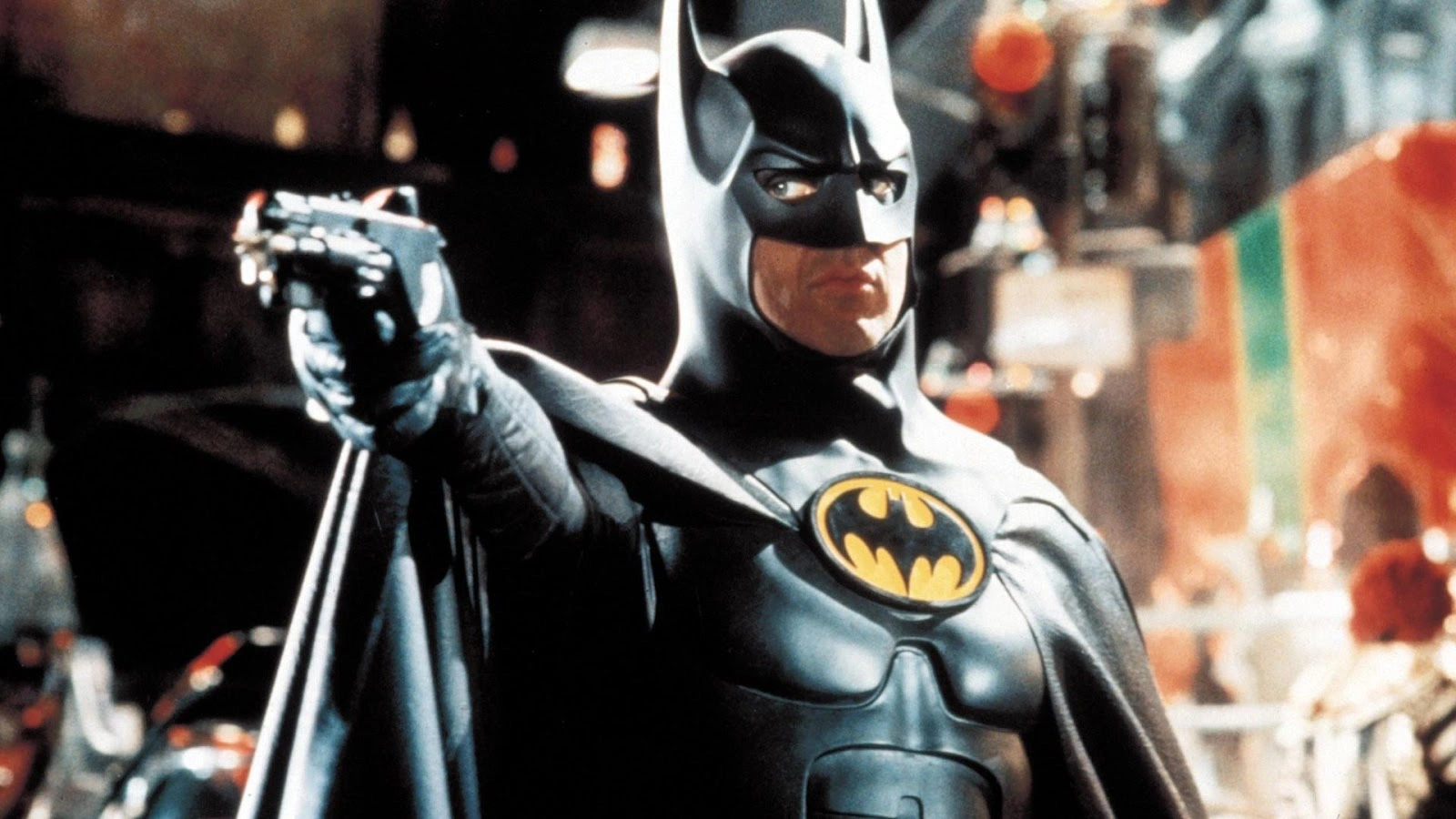
It can be argued that without Tim Burton, Batman wouldn’t have endured as a pop culture mainstay for too long. See back in the late ’70s and early 80’s, Batman’s popularity was waning. Adam West’s campy portrayal of the Caped Crusader was unique, to be sure, but nowhere powerful enough to cement the character as a mainstream commodity.
That all changed when Burton’s Batman came out in 1989. Starring Michael Keaton in the titular role with Jack Nicholson playing his long-time nemesis Joker, Burton was able to perfectly capture the grimy, brooding re-imagination of DC’s residential billionaire created by Frank Miller with his much-acclaimed Year One storyline. There was nothing campy about Keaton’s Batman at all.
This was a brutal realization of the Caped Crusader, one that inspired as much fear as it did respect in Gotham City. The movie was a massive success at the box office, and Warner Bros. commissioned sequels out of the wazoo for it. 1992’s Batman Returns would also be a massive financial success but would be mired in controversy due to the very things that made the first movie work so well.
Warner Bros’ PG-friendly promotion partners and family audiences alike were left horrified by the amount of violence that was present in Batman Returns, and so the studio decided to replace Tim Burton’s dystopian vision with Joel Schumacher’s merchandise-friendly outlook. According to Michael Keaton, the moment he heard Schumacher comment that the 3rd installment of the Batman franchise didn’t need to be “so dark”, he knew it would turn into a project that he wouldn’t want to be associated with.
Batman Forever would end up becoming what was supposed to be Tim Burton’s 3rd outing with the Caped Crusader, but thankfully, we have some idea of what it would have looked like. Titled Batman Continues, the movie would have had much of the same plot elements as Schumacher’s version, but with a much darker tone; and decidedly lesser pageantry.
Burton’s third film would see Keaton reprise his role and cover some of his origin stories through flashbacks, in a semi-adaptation of Year One. Bill Dee Williams’ Harvey Dent from the 1989 film would have completely transitioned into the villainous Two-Face in this movie, and the role of Dr. Meridian Chase was originally slated for Rene Russo; the woman who would go on to become Thor’s mother Frigga in the MCU.
Michelle Pfeiffer would reprise her role as Catwoman, and the late great comedy legend Robin Williams was set to play Burton’s version of The Riddler; a role that eventually ended up in Jim Carrey’s hands. Perhaps most notably, Tim Burton was going to give DC its first major African-American superhero when he decided to cast Marlon Wayans as his version of Robin.
Though his codename was going to be The Kid and his costume a greasy mechanic’s overalls, it would have been a huge leap forward for inclusivity in comic books at a time when it needed it the most. It’s also possible that instead of taking the Edward Nygma, scientist-turned-psychopath route, they would’ve introduced someone who is actually notorious for messing with Gotham residents’ minds with a certain fear-inducing toxin. Brad Dourif was approached by Burton on a flight and offered a role in the film.
He was told he’d be the perfect guy to play Jonathon Crane; aka the Scarecrow. And honestly, we can’t fault Burton’s logic here; the man pulled off a masterclass in voice acting with his portrayal of Chucky. Putting all these pieces together and viewing them through the lenses that Tim employs, you can see why we’re so disappointed this film never got made.
Given the time, resources and dedication, it could have done for Warner Bros. what Hush did for the Batman title; given Bruce Wayne a completely new slate while building upon the old in a continuity-balancing trapeze act.
Though Keaton is set to return to the DCEU with 2022’s The Flash and Batgirl after that, and Sam Hamm has given Burton’s classic films something of a conclusion with his 2021 limited series Batman ’89, we’re always going to wonder what this Batman film might have looked like. If the comic-accurate Bat-Suit that was created for Keaton in pre-production is any evidence, we’ve missed out on a lot more than we can ever imagine.
Lee Shapiro & Stephen Wise’s “Batman: DarKnight”
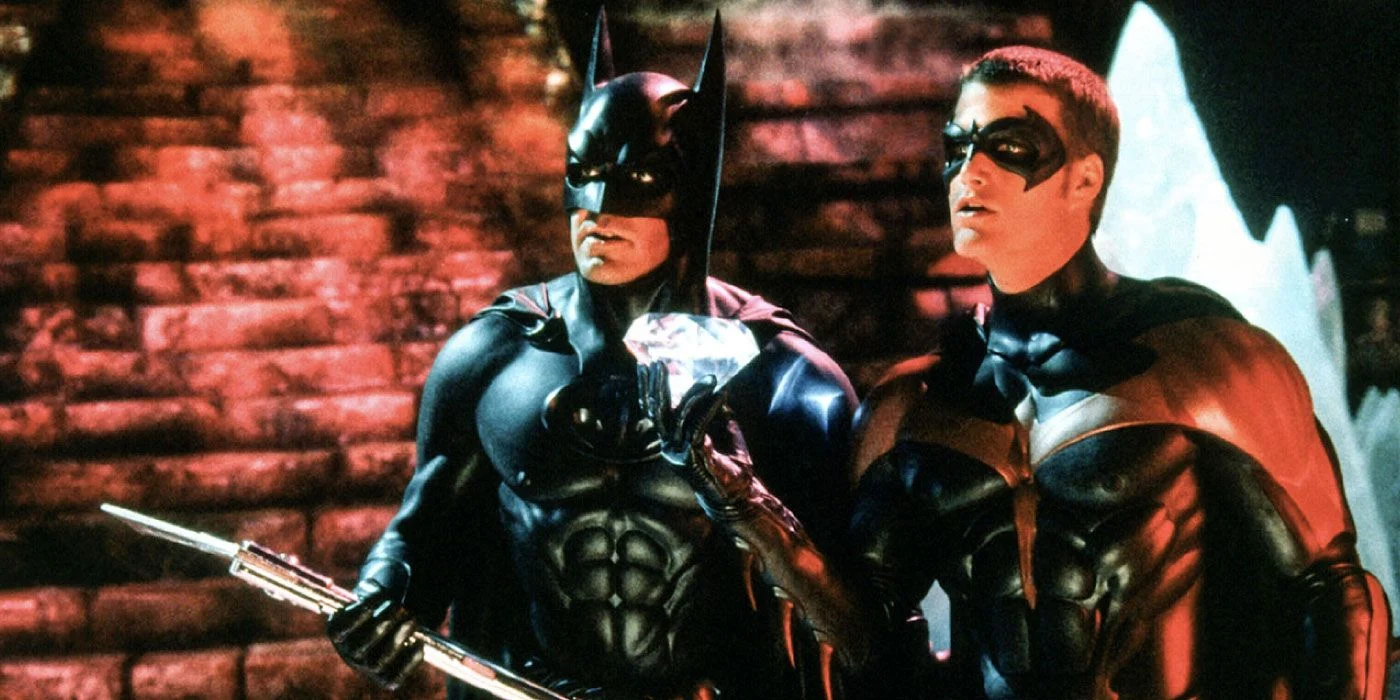
Everything started going wrong for the Batman movie franchise once Warner Bros. decided they wanted to favor big-name movie stars over actors who would do justice to the characters they were being asked to portray. On paper, Batman & Robin had the most star-studded cast for a superhero movie at the time; George Clooney, Nicole Kidman, Chris O’Donnell, Uma Thurman, Tommy Lee Jones, and Arnold Friggin’ Schwarzenegger?!
There was no shortage of acting royalty in this film, but not one of them could’ve saved it from the beating it took by critics and consumers alike. Commonly referred to as the worst box-office-bomb in comic book film history, Batman & Robin forced WB to go back to the drawing board with the Caped Crusader.
Several scripts were commissioned in an effort to bring him “closer to his roots” and salvage his on-screen reputation, including one that already had Schumacher attached to its development at the time; but more on that one later. When Mark Protosevich’s script was rejected for its way-too-ambitious-and-costly climactic scene, screenwriters Lee Shapiro and Stephen Wise sent in their own pitch to WB Exec Greg Silverman for a Batman story that would portray Gotham’s Dark Knight in a whole new light.
In “Batman: DarKnight”, Bruce Wayne has had a falling out with the Boy Wonder. He is in self-imposed seclusion from life, because he feels he has lost his greatest weapons in the fight against crime: his mystique and his enemies’ fear. Dick Grayson is a student of Gotham University, where he constantly clashes with his psychology professor and the resident psychiatrist for Arkham Asylum; Dr. Jonathan Crane.
Crane has been conducting experiments in fear on human subjects isolated in the infamous Asylum. During one such trial, Crane unknowingly initiates his nemesis, Dr. Kirk Langstorm’s transformation into the creature known as Man-Bat. The unsuspecting denizens of Gotham mistake the vampiric villain for Batman and call for his blood.
Bruce has to don his cowl and cape once more to clear his name and solve the mystery behind these attacks. The climax of the story would’ve seen Dick Grayson in Arkham Asylum as a resident, Man-Bat struggling with his half-human half-bat nature, and Scarecrow uncovering dark secrets about his own past. This is one of the best pitches we’ve come across in the course of our research for this video.
Shapiro’s script would’ve achieved Schumacher’s aim of bringing Batman back to his darker roots while throwing a fresh layer of paint over the disaster that was Batman & Robin. Unfortunately, Warner Bros. got cold feet and it would take almost a decade for a new Batman film to come out, this time with Christopher Nolan at the helm and Christian Bale under the cowl.
Batman vs Superman: The Original Version
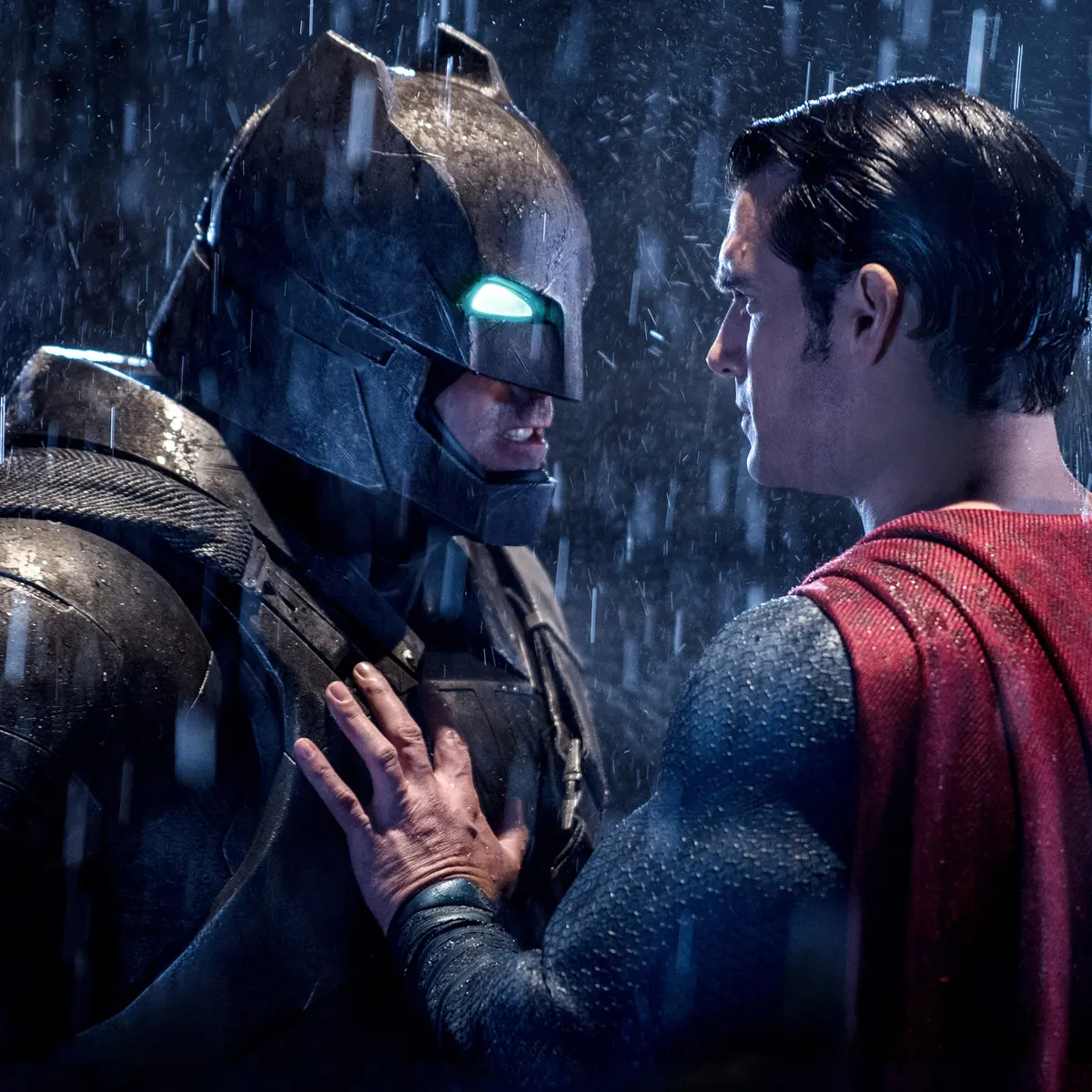
15 years before BvS: Dawn of Justice hit movie theatres worldwide, there was another attempt to create a film that would see the two biggest heroes in comic book history go at it against each other; and what a film it would’ve been, had it actually gotten made. In 2001, J.J. Abrams wrote a script for a film that would have featured a brand new Man of Steel called Superman: Flyby. Between Abrams’ conception of the film and the eventual release of the Bryan Singer-directed Superman Returns in 2006, Warner Bros.
Studios toyed with the idea of mashing up two of its most-lucrative intellectual properties. German filmmaking legend Wolfgang Petersen was hired as the director of Superman: Flyby but would go on to become attached to the first go WB Studios had at a Batman vs Superman film. Akiva Goldsman was hired to rework the previous scripts into a story that could serve as the perfect intersection for the two heroes, and it became very clear from the onset that this wouldn’t be a film for the faint at heart.
In Goldsman’s script, Bruce Wayne is attempting to leave his life as a crime-fighting vigilante behind, in an effort to quieten his personal demons. Dick Grayson, Alfred Pennyworth, and Commissioner Gordon are all dead, most of it being the Joker’s work. Meanwhile, Clark Kent is down on his luck and in despair after his divorce from Lois Lane, the love of his life.
The two fallen superheroes find kindred spirits in each other and become a crutch for one another. Clark serves as Bruce’s best man at his wedding to the beautiful and lovely Elizabeth Miller; but after his wife is killed by the Joker during their honeymoon, Bruce is forced to don the Batsuit once more, untangling a plot involving Lex Luthor.
The film’s crescendo would see Batman and Superman, disillusioned by the things that have happened to them respectively, fight each other in an epic showdown between the defenders of the Earth. It would also be revealed that The Joker had actually planted Elizabeth Miller in Bruce Wayne’s life, in an attempt to finally break him, completely.
The film would’ve seen Colin Farrell join the DCEU nearly 20 years before he became The Penguin as the Caped Crusader himself, and Jude Law become the new Superman. At one point, Robert Downey Jr. was in talks to play Lex Luthor, which would have completely changed the superhero cinematic universe as we know it today. Sadly, WB higher-ups decided that it was not the right call to make at the time.
They decided to go with opposing tones for the two heroes in their subsequent theatrical portrayals instead, with Batman Begins giving us a darker Bruce Wayne and Superman Returns giving us a lighter version of Clark Kent. Ironically enough, the basic outline of this film’s plot would serve as the primary inspiration behind Zack Snyder’s Dawn of Justice, which also saw Batman try to take out the Man of Steel as part of Lex Luthor’s diabolical plan for ridding the world of the Kryptonian.
Still, we think the original version would’ve been a much more interesting watch; and the idea of watching yet another Oscar-worthy actor slip into the shoes of the Clown Prince of Crime is something none of us can resist, can we?
George Miller’s Justice League: Mortal
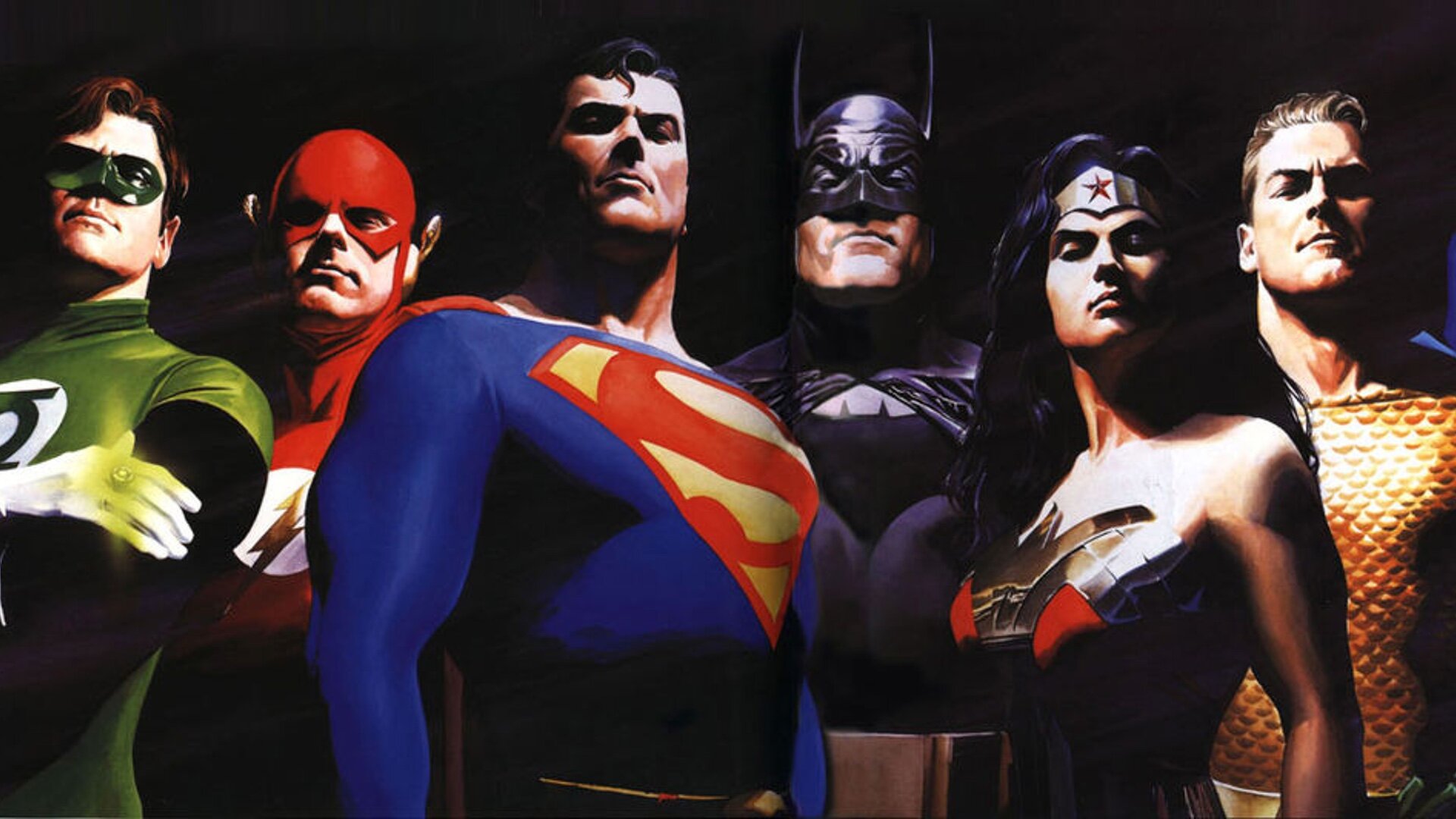
Armie Hammer came close to becoming the Caped Crusader twice; although his first dismissal from the eventual casting would involve much less controversy. George Miller is a man who is no stranger to dystopian futures. Being the creative genius behind the Mad Max franchise, it is no surprise that WB once approached him to direct what would have been the first-ever live-action Justice League film.
The reasoning behind this was confusing, even at the time. The studio had scored back-to-back box-office hits in 2005’s Batman Begins and 2006’s Superman Returns. The plan going forward would’ve seen a Joss Whedon-directed Wonder Woman movie and a David S. Goyer-written adaptation of The Flash added to the DC Movieverse, in a slow-but-guaranteed build-up to the debut of the World’s First Team of Superheroes.
Then WB decided to pull a complete 180 and fast-tracked the Justice League movie into development with Kieran and Michele Mulroney on screenplay duty, and Miller as its director. Funnily enough, it would have no continuity connection to the ongoing Nolanverse; which was probably for the best, considering the proposed plotline for the movie. Justice League: Mortal would’ve featured Batman as its central focus; and primary antagonist, after a fashion.
Do you guys remember that iconic scene from the Justice League animated series where Batman lists all his “contingency plans” in case League members ever went rogue? Well, put simply; this movie is Bruce Wayne realizing his worst-case scenario contingency. The movie would have seen Batman, dissatisfied with metahumans in the world, create an army of intelligent robots to replace the Justice League entirely.
His idea of creating a suit of armor for the world would eventually backfire on him, as his peacekeeping forces would turn into a legion of evil AI robots hell-bent on world domination. Just listening to this plot description had us salivating at the mouth for the live-action debut of Brother Eye/OMAC- the evil AI being that Bruce Wayne created in the comics to essentially serve the same role as MCU J.A.R.V.I.S.
The cast of the movie had been finalized, with D.J. Cotrona as Superman, Armie Hammer as Batman, Megan Gale as Wonder Woman, Adam Brody as the Flash, Common as Green Lantern, and Teresa Palmer as Talia al Ghul. Cameras were ready to start filming when the 2007-08 Writer’s Strike hit the industry, and suddenly, WB wasn’t so keen on the idea of a JLA movie after all.
That, coupled with the massive critical and commercial success of The Dark Knight led to the plug being pulled on the project. While it took an entire fan movement for Warner Bros. to give us the Justice League movie we deserved, we’d be lying if we said that a George Miller-helmed JLA movie wouldn’t have us absolutely shaken.
The visuals alone would have been mind-warping, and the idea of a Batman going rogue on the League is something that needs to be explored a LOT more than Ben Affleck being suspicious of the cut of Superman’s job. Speaking of whom…
The Batman: Ben Affleck’s Original Vision
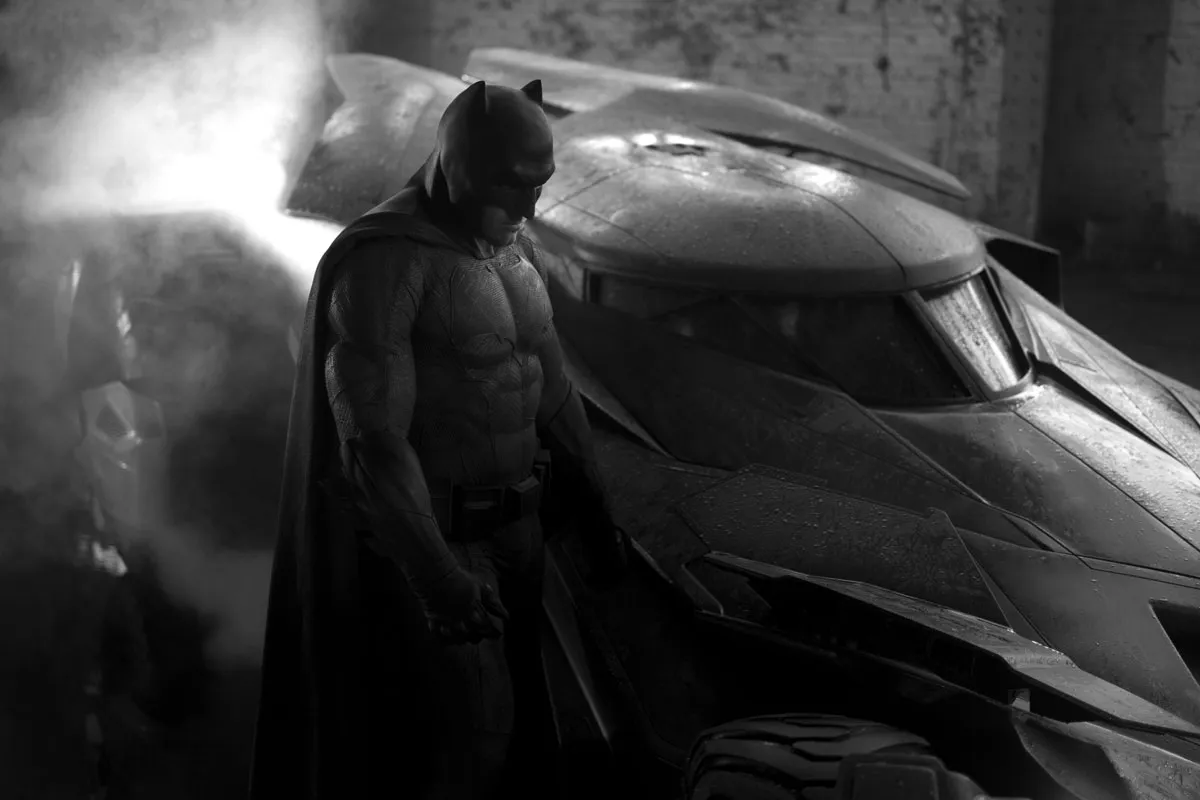
Let’s talk about this, shall we? Batfleck has divided DC fans the world over. Some think it is a refreshing, gritty, and more lethal take on the Caped Crusader that harkens back to his original- and we mean original- roots. Others think Affleck sullied the legacy of the World’s Greatest Detective with his trigger-happy portrayal of Batman.
No matter which side of the spectrum you fall on, it cannot be denied that his vision for the DCEU Batman was grand if nothing else. The script he wrote for the original installment of The Batman is evidence of the same. In the post-credits scene of 2017’s Justice League, we saw Lex Luthor reveal The Dark Knight’s secret identity to one of his greatest rivals from the comics.
Slade Wilson is arguably the deadliest assassin-for-hire in DC history. Codenamed Deathstroke, the supervillain has a long history with Gotham’s Defender, something Affleck would’ve explored in his iteration of the film. Continuing from that post-credit scene, Affleck’s The Batman would’ve seen Deathstroke systematically dismantling Bruce Wayne’s life, leaving him a husk of his former self and pushing him into the depths of darkness and mental instability.
If you thought Batman being the reason for Superman’s death was a dark moment in his DCEU career, wait till you hear the plans for this movie. According to Joe Manganiello, the man who plays Deathstroke in the DCEU, Batfleck would have lost everything near and dear to him; including friends and family members.
BvS already revealed that this universe’s Dick Grayson met his death at the hands of the Joker, so the only thing worse than that could’ve been the cold-blooded murder of Jeremy Irons’ Alfred Pennyworth. That would’ve been a very poignant moment for Affleck’s Batman, who has been criticized as a token portrayal of a much more layered character.
Sadly, we never saw Batfleck’s redemption, getting Matt Reeves’ lore-accurate classic instead. But for what it’s worth, the actor himself chose to step away from the project. In 2020, Ben Affleck revealed that working on Justice League had pushed him into a much darker place, leading to issues with alcoholism that persisted well after the movie’s release.
For the sake of his mental and physical health, Affleck decided to remove himself from the project entirely, giving up his roles as an actor, director, scriptwriter, and producer over to Reeves’ team.
His logic behind the decision was that he wanted to be associated with projects that fulfilled him creatively and personally; something he has become way more cognizant of since working with the waking nightmare that is Joss Whedon.
But fear not Batfleck fans; he shall receive the farewell he deserves. Ben Affleck is set to don the cowl one last time, as part of 2022’s The Flash. Here’s hoping that his version of Bruce Wayne receives the graceful exit that all superheroes deserve.
Batman vs. Godzilla
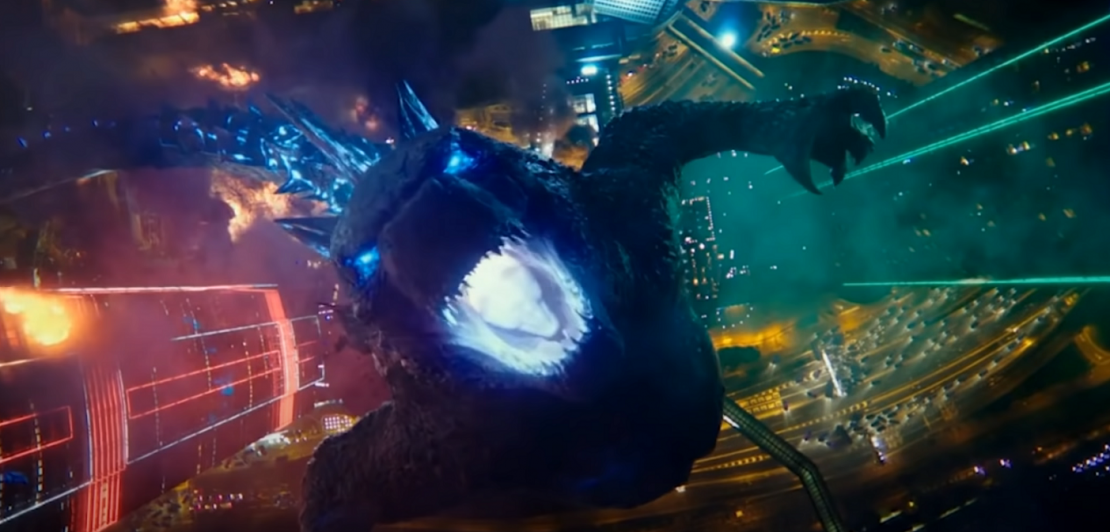
Now, THIS is a movie we’d skip work to go see at the theatre, solely because of the sadistic pleasure we’d get out of watching the World’s Greatest Detective try to take down the King of the Monsters. Japanese film studio Toho owes a lot of its success to the 1962 crossover film King Kong vs Godzilla, which saw America’s favorite monster, take on the Largest Resident of Tokyo’s Shinjuku Ward.
It led to a wave of anthropomorphic monster-based action movies that serve as the predecessors of the modern MonsterVerse; and in 1965, writer Shinichi Sekizawa almost nabbed the World’s Greatest Detective for one of his trademark city-smashing showdowns. Conceived only a few months before the release of the first official feature film to star the Caped Crusader, Batman vs Godzilla would’ve attempted to replicate the success of Toho’s last American crossover, and gone about it in Batman-like fashion.
The plot would focus on a mind-controlled Godzilla, who has been wreaking havoc on Tokyo with no obstruction in sight; except for the Dynamic Duo. Batman, Robin & Commissioner Gordon would’ve been a part of the film, and the three of them would be involved in a mystery-thriller angle, trying to figure out how to stop Godzilla and the identity of his manipulator at the same time.
The film’s climactic fight scene would have involved the Batwing, the Batmobile, any other vehicular forces of destruction that Bruce Wayne possesses, and an artificial weather machine; which leads us to believe that the overarching villain of this story might have been The Mad Hatter.
While the movie was never made- for obvious reasons- it would have been so much fun to see Bruce Wayne try to figure out how to take down an entity that can basically fire nuclear lasers from its mouth these days. Also, Batman surprises Alfred and Robin with his astonishingly fluent Japanese? Yes, please. Give us 1000 of those.
Batman Unchained
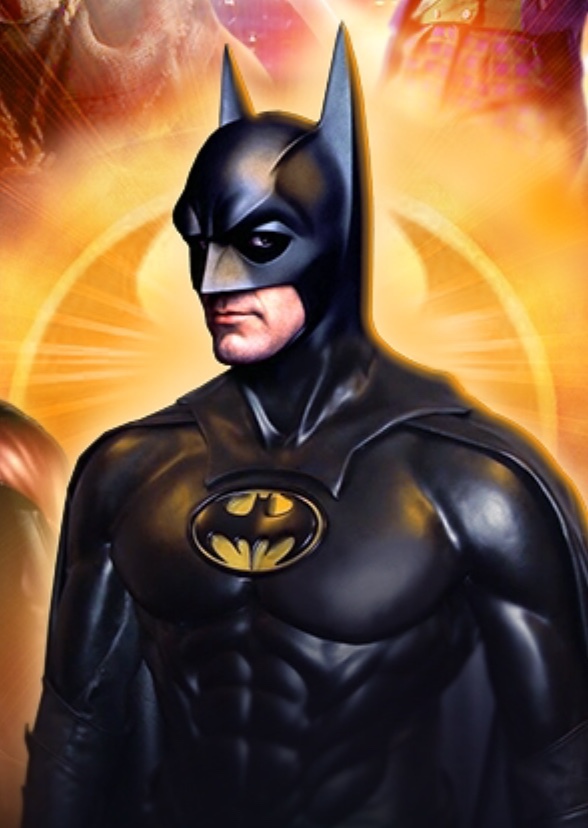
And we close this list by discussing, what could’ve been, Joel Schumacher’s Redemption. The director signed on for a three-film deal before Batman Forever even hit the theatres, but his future with the franchise was in serious jeopardy after the release of the disaster that was Batman & Robin. It didn’t help that lead actor George Clooney publicly announced his hatred for the role, and declined to ever return to portray Bruce Wayne ever again.
Well, that and the thrashing the film took because of its incoherent plot, its nightmarish costume designs, and basically, everything about it, but Schumacher’s prospects of ever returning to direct a Batman film bleak. Still, he was determined to fulfill his contractual obligations and began working on a script that would have actually salvaged the mess he had created in 1997 in our opinion.
Batman Unchained involves several of the same plot elements as Lee Shapiro’s Batman: Dark Knight; probably because it served as Shapiro’s primary inspiration. Unchained would’ve seen Bruce Wayne have a falling out with Dick Grayson due to disagreements over their modus operandi.
Continuing his path of vigilante justice, Batman would soon discover facts about a mentally unstable scientist named Jonathan Crane, who moonlights as the villainous “The Scarecrow”; one of the most psychologically-challenging villains Bruce Wayne has ever faced. A dream sequence would have woven together segments from the first three films in an attempt to convey the fact that this is the Last One.
Batman would experience hallucinations after being exposed to Scarecrow’s Fear Toxin, in which he would see every character he had disposed of in the past come back to haunt him. Jack Nicholson’s Joker, Danny DeVito’s Penguin, Michelle Pfeiffer’s Catwoman, Tommy Lee Jones’s Two-Face, and Jim Carrey’s Riddler would unite in an anxiety-riddled mock jury session, where Batman is on trial and they are his judges.
Harley Quinn was intended to appear in the movie as well, re-imagined as a toymaker and the daughter of the Joker, determined to get revenge on Batman for the death of her father in 1989’s Batman. In addition to bringing back all of those big faces, Schumacher wanted to cast Nicholas Cage as Scarecrow, and at one point Jeff Goldblum was attached to the role, making it one of the most confusing (and expensive) casting endeavors in Batman’s cinematic history.
Of course, like every other film on this list, Warner Bros. decided to drop this one as well, for two reasons. First, the amount of money it would take for them to film just that climactic hallucination scene wouldn’t be worth bankrolling the rest of the film. And the second one should be obvious by this point; after all, Schumacher did direct the Worst Superhero Film of All Time.
And that’s a class that includes the horrendous monstrosity that was Fox’s 2015 attempt at making a Fantastic Four film. Still, this does sound like a much better Batman film than the ones he actually directed, and we gotta admit that we would not pass up on seeing Nicholson’s Joker interact with Carrey’s Riddler; even if it is in a trippy, mind-warping drug sequence.
Conclusion
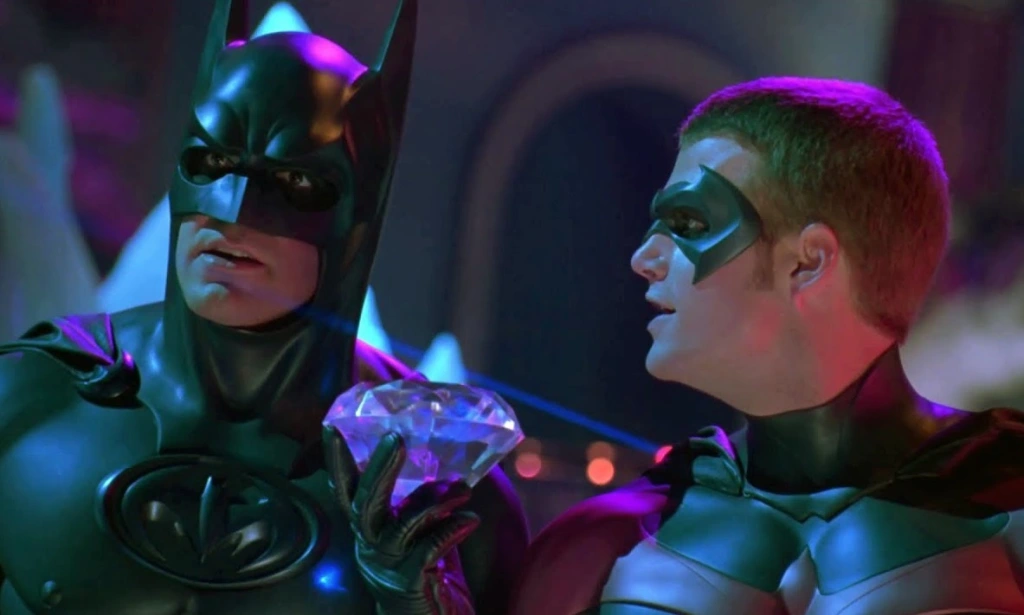
Matt Reeves has managed to do something even the great Christopher Nolan couldn’t accomplish. His Batman actually feels *real*. From the souped-up muscle car of a Batmobile to the spray-paint savvy investigative techniques that Bruce Wayne uses, everything about Reeves’ Caped Crusader resonates with the iconic legacy of The Batman. Heck, he went as far as including entire panels from The Long Halloween, verbatim, to his final product.
By contrast, many of the movies on this list couldn’t stray further from Reeves’ hyper-realistic portrayal; especially that movie about evil AI takeover that topples the Justice League. But that’s what makes them so unique in our eyes. Every movie on this list has a compelling plot outline at its worst, and some very strong story concepts that have inspired future iterations at their best.
Many elements from Batman Unchained/DarkKnight inspired Nolan’s seminal Dark Knight trilogy, and we’ve already spoken about where Dawn of Justice got its entire storyline from. Even unproduced, Batman films continue to influence the very fabric of DC’s movieverse, and all things considered, there’s nothing more apropos than Bruce Wayne influencing events he shouldn’t even be a part of.
It’s just a damn shame that no test footage exists for any of these movies, that could have given us a taste of the greatest what-ifs in the Caped Crusader’s long and illustrious history. Guess we’re just gonna have to wait for those HBO Max series’ to see Gotham’s Dark Knight in action, once again.
